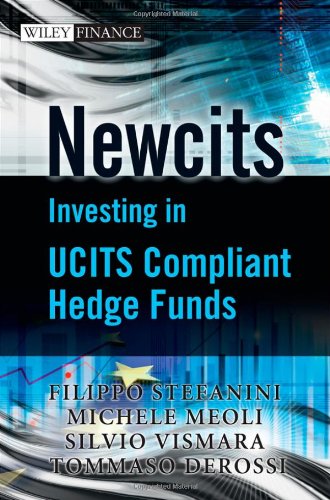

Most ebook files are in PDF format, so you can easily read them using various software such as Foxit Reader or directly on the Google Chrome browser.
Some ebook files are released by publishers in other formats such as .awz, .mobi, .epub, .fb2, etc. You may need to install specific software to read these formats on mobile/PC, such as Calibre.
Please read the tutorial at this link. https://ebooknice.com/page/post?id=faq
We offer FREE conversion to the popular formats you request; however, this may take some time. Therefore, right after payment, please email us, and we will try to provide the service as quickly as possible.
For some exceptional file formats or broken links (if any), please refrain from opening any disputes. Instead, email us first, and we will try to assist within a maximum of 6 hours.
EbookNice Team

Status:
Available0.0
0 reviewsNewcits: Investing in UCITS Compliant Hedge Funds is a one-stop resource for investors who want to get the best out of their UCITS investments. There is a large and increasing range of UCITS compliant funds out there, but despite their tighter regulation and frameworks, investors still need to understand the risks they are undertaking, the structures of the funds and their differences and similarities to mutual funds and hedge funds.
The book begins with an assessment of the financial crisis from the perspective of hedge funds and funds of hedge funds. Then it introduces the UCITS framework and shows how these strategies present a valuable and attractive alternative to offshore hedge funds and funds of hedge funds. The regulatory framework is described in depth, as are the different business models used by asset managers. Finally it looks at current hedge fund strategies such as long/short equity or global macro, and at how these can be integrated into the framework.
The book also describes in detail the Newcits industry, discussing the performances, the fee structure, the liquidity and the key theme of "replicability", studying the tracking error volatility of the Newcits funds in comparison with their offshore versions. A discussion of the effectiveness of the regulation and its potential developments concludes the book.